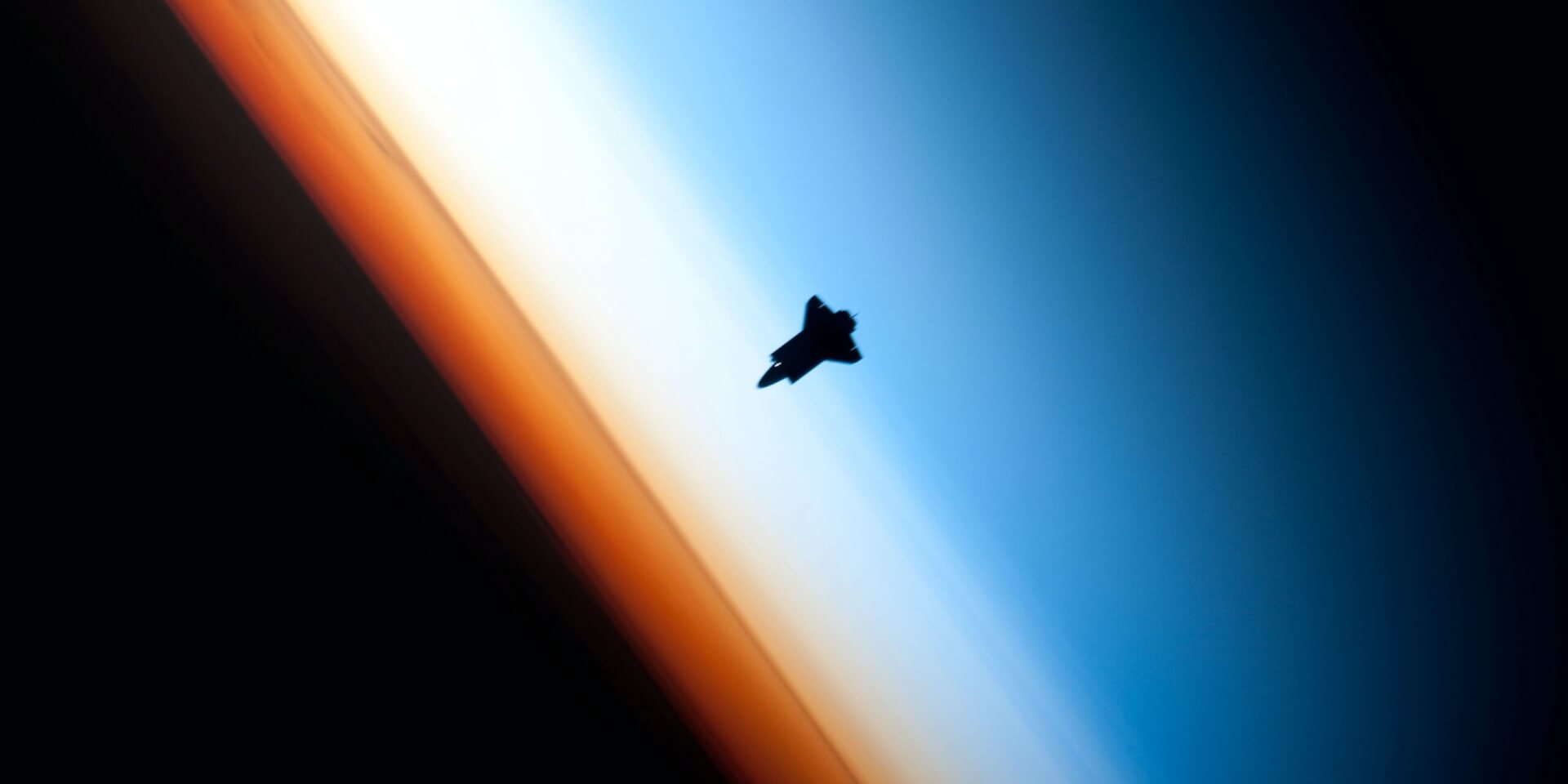
As an increasing number of countries and companies rocket into space, scientists are facing a pivotal moment.
Rules set during the Cold War define outer space as the “province of all mankind” – but what about mining on the Moon, or setting up private bases? How will this affect lunar science? And in an increasingly crowded environment, how can scientists keep doing critical work on issues like climate change?
These are some of the complex challenges facing space scientists, explains Jean-Claude Worms, the executive director of the Committee on Space Research (COSPAR), one of the ISC’s Affiliated Bodies, who spoke with the ISC ahead of the release of COSPAR’s five-year strategic plan.
“In many ways, we’re back to the ‘60s,” Worms says. With international competition driving unprecedented spending, the mid-century era of space exploration saw the first people land on the Moon just 12 years after the first artificial satellite was launched.
Increasingly, reaching milestones like the Moon and beyond is again a measure of “national preeminence,” just as it was for the U.S. and the Soviet Union, he explains. At the same time, more private companies are joining new space-faring countries.
The benefits and possibilities are significant, Worms notes: countries without long histories of space exploration are rapidly developing and taking on challenging missions, expanding their R&D capabilities and training new generations of STEM researchers to contribute to global science.
At the same time, the expansion of so many new public and private players also highlights the need for international cooperation. “It requires, even more so, that there are sets of regulations that are enforced, agreed upon by the UN and that can be applied to all actors, including the private ones,” he notes.
This is particularly pressing when it comes to the Moon: “Everybody wants to go there – and everybody wants to be able to do basically what they want,” he adds.
On the Moon and other celestial bodies, planetary protection guidelines set by COSPAR define which activities are permitted, and where. The 1967 Outer Space Treaty also governs space activities more generally, setting out what countries can and can’t do: among other guidelines, exploration should benefit all humanity, states can’t use celestial bodies for military purposes and must avoid contaminating them and space overall.
But some countries and private companies have argued that the treaty doesn’t say anything about exploiting resources, and that the planetary protection guidelines aren’t binding. Whoever wins the race to Mars or another celestial body, they argue, should be able to treat it as open land – mining, collecting water and whatever else suits their needs. Some countries have also passed laws to legalize lunar mining.
“In my view, those few private actors who will be able to go first to the Moon, to Mars, to asteroids, will start to do whatever they wish – and this is what we are trying to prevent,” Worms says. “This is important not just for scientific research, understanding the evolution of the Moon and the solar system, but also in terms of resource utilization. You can’t just go there and drain it, without any kind of control or regulation framework.”
The proliferation of new actors also raises concerns about environmental impact, both on Earth and in space – as well as how vital space research will be affected. That concern has recently become visible to the naked eye, in the form of trains of Starlink satellites moving across the sky, marking satellite and telescope imagery.
“How do we ensure that there is a way by which governments, private stakeholders and scientists can participate in the conversation to make sure that we have a framework by which we can do space exploration, without it being the Wild West?” Worms asks.
Faced with the Starlink problem, the International Astronomical Union (IAU) took a pragmatic approach, setting up working groups with industry to try to minimize the effect of thousands of new satellites.
How to handle these questions is a heated topic, Worms adds – with some scientists arguing that it would be better, as much as possible, to aim for a total ban on commercial activity that interferes with research.
“The only way is to make sure that we work together to try to make a safe, sustainable environment, so that we can both preserve the science to be done before it’s too late, and also deal with aspects like exploitation of mining resources,” Worms says. “This is an adventure on which all of the concerned parties can go together.”
COSPAR is also working to expand the capacity of developing countries to take advantage of space-based research and to train young researchers, through its newly launched small satellite program.
“This is affordable science,” explains Carlos Gabriel, chair of COSPAR’s Panel on Capacity Building, which is working on the program. Small satellites “make it possible for a good level of science to be done in all countries, without very large investments,” he explains.
For developing countries, which are among the most affected by climate change, small satellites can be a tool to take on environmental problems, Gabriel notes – like measuring sea level rise or monitoring coastal erosion or deforestation.
The value of small satellites has been shown by projects like NASA’s DART mission, which tested whether crashing a spacecraft into an asteroid could change its course, and used a small satellite to film the impact and gather data. The COSPAR project aims to keep pushing the limits of what can be done with dedication and a relatively small budget.
It also aims to encourage institutions to invest in labs and research communities that will be around for generations – creating not just immediate scientific gains, but also a long-term culture of science, inspiring a new generation of researchers.
“Everything that has to do with space in general is very inspiring … People come because they want to put a rocket out there, but then they deal with physics, with chemistry and so on – and that’s the link to the sciences in general,” Gabriel says. “It moves people to think in scientific terms.”

From Antarctica to Space: updates from the ISC’s Affiliated Bodies
The ISC co-sponsors a number of science initiatives or programmes. From Antartica to space, or climate to urban health, these joint science initiatives focus on specific areas of international research that are of interest to all or many ISC Members.